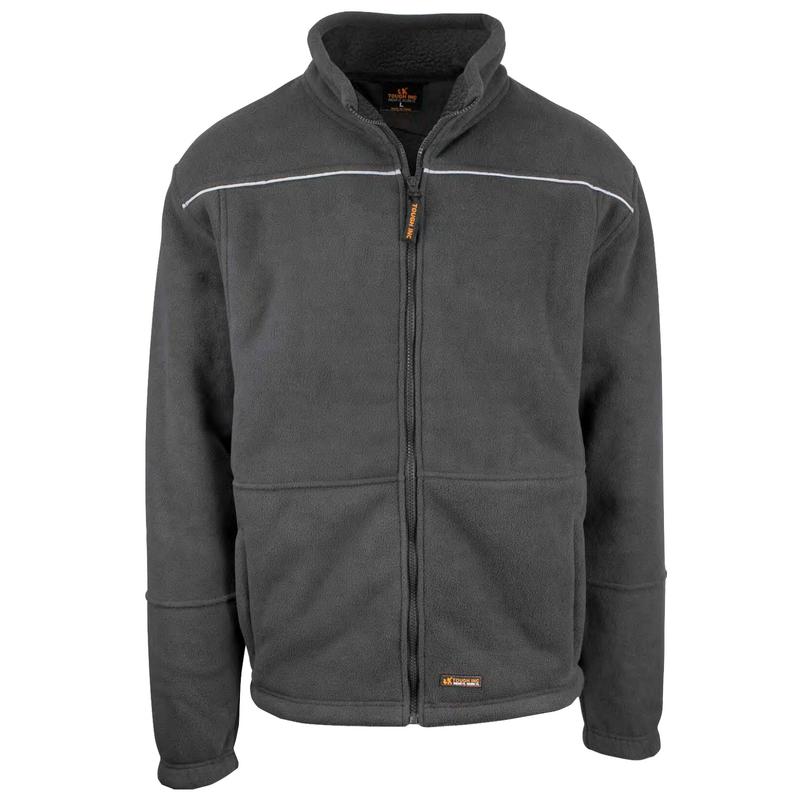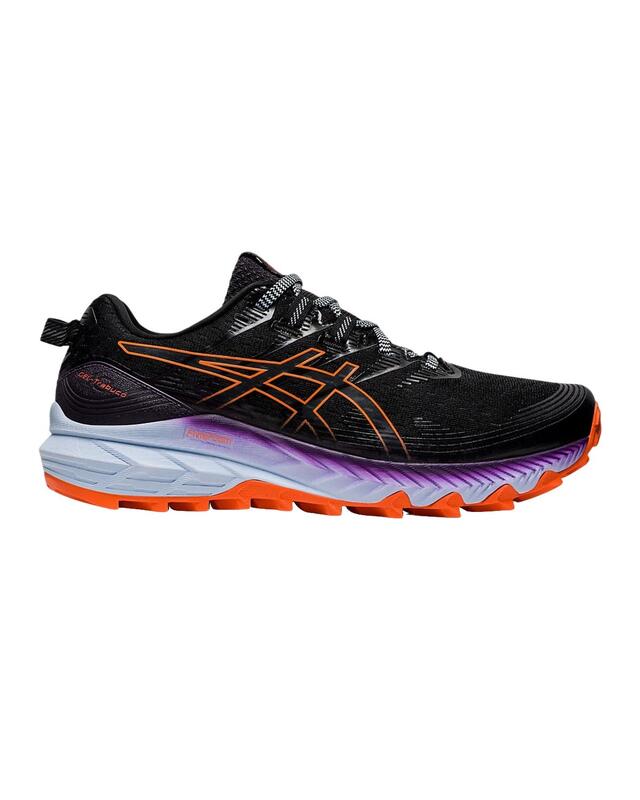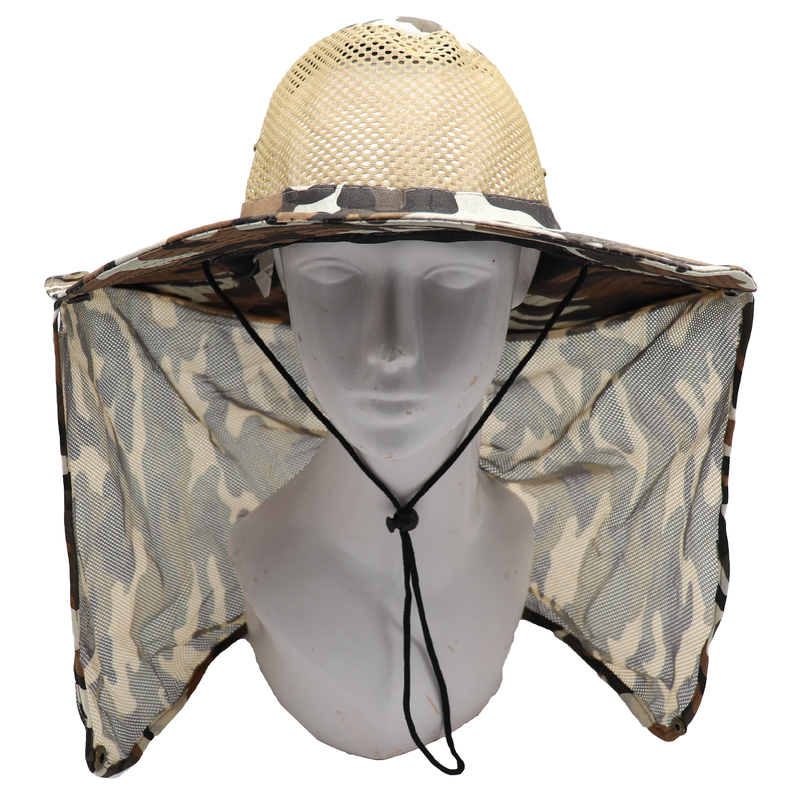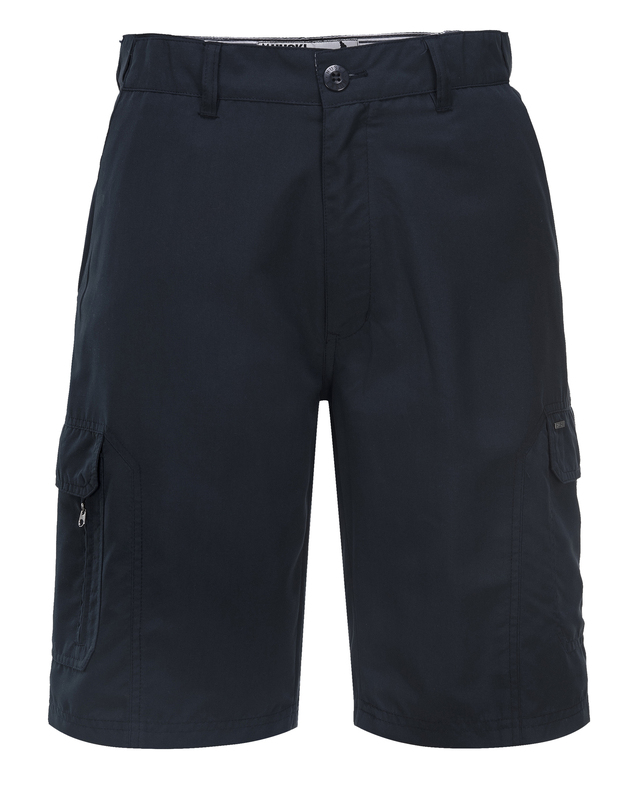Categories
Categories
-
Bedroom & Mattresses
-
Gym & Fitness
-
Furniture
Browse Other Categories- Storage
- Storage Cabinets
- Bookcases & Shelves
- Shoe Racks & Cabinets
- Wall Shelves
- Hanger Stand
- Wine Rack
- Shelving Racking
- Digital Security Box
- Storage Lockers
- Coat & Hat Racks
- Office
- Buy Gaming Chairs Online
- Computer Desk & Laptop Tables
- Best Office Chairs for Sale in Australia
- Buy Monitor Mounts & Stands
- Drafting Table
- Filing Cabinet
- Stools & Chairs
- Bar Stools
- Armchairs
- Salon Stools
- Dining Tables and Chairs
- Lounge Sofa Chairs & Beds
- Coffee Tables
- Fabric Chair
- Ottomans
- Wooden Bar Stools
- Foldable Chair
- Papasan Chairs
- Vintage Bar Stool
- Vanity Chairs
- Sofa Chairs
- Massage Chair
- Louis Tables & Chairs
- Wishbone Chairs
- Bentwood Chairs
- Rocking chair
- Recliner Chairs
- Study Desk
- Best Outdoor Furniture Sets for Sale
- Outdoor Storage Box
- Sun Lounges
- Sofa & Chair Sets
- Beach Chairs & Tables
- Dining Tables & Chairs
- Outdoor Round Bar Tables
- Foldable Chairs & Beds
- Rocking Armchairs
- Portable Chairs
- Rustic Bridge
- Patio Furniture Sets
- Garden Wheel Bench & Chairs
- Hammock Chairs & Beds
- Garden Sheds
- Umbrella Cantilever Stands
- Garden Benches
- Papasan Chair & Table Set
- Wishing Wells
- Plant Stand
- Garden Chairs & Tables
- Storage Box Seats
- Lounge Sofa
- Tripod Stand
- Inflatable Chairs
- Outdoor Tables
-
Outdoor & Sports
Browse Other Categories -
Tools & Hardware
Browse Other Categories- Auto Accessories
- LED Lights & Lamps
- Battery Charger
- Air Compressors
- Tools & Equipments
- Caravan Parts & Accessories
- Winches
- Audio & Video
- Window Tint
- Others
- Power Inverters
- Tarps
- Cables
- Luggage Racks
- Wind Deflectors
- Truck Boot Lids
- Interior
- Floor Mats, Carpets
- Car Sun Shades
- Seat Covers
- Orthotics, Braces & Sleeves
- Hand Tool Box
- Power Tools & Equipments
- Lawn Mowers
- Pressure Cleaners
- Welders
- Hedge Trimmers
- Blowers
- Chainsaws
- Water Pumps
- Brush Cutters
- Pole Saw
- Tillers
- Post Hole Diggers
- Sanders
- Other Tools
- Work Torches & Lamp
- Garden Hoses
- Drill
- Cordless Guns
- Jackhammer
- Hand Tool Box
- Saws
- Angle & Die Grinder Wheels
- Shading
- Power Tool Batteries
-
Trailers
Browse Other Categories -
Electronics
Browse Other Categories- Appliances
- Room Heaters
- Air Conditioners
- Vacuum Cleaners and Parts
- Ice Maker
- Rangehood
- Cooktop
- Deep Fryer
- Diffusers & Humidifiers
- Food Dehydrator
- Dishwasher
- Air Fryer
- Blenders
- Ice Cream Maker
- Oven
- Washing Machine
- Fridges
- Coffee Maker
- Fans
- Juicer
- Air Cooler
- Water Cooler Dispenser
- Food Display Warmer
- TV
- Water Filter Jug
- Scales
- Stand Mixer
- Air Purifiers
- Air Pot
- Washers & Dryers
- Gadgets
- Projector
- Card Reader
- USB Hub
- Headset
- Bluetooth
- Docking
- USB Car Chargers
- Mini PC & Accessories
- LED Desk Lamp
- Others
- WiFi Smart Plug
- Watch
- Musical Instrument & Accessories
- Other Instrument & Accessories
- Electronic Piano Keyboard
- Guitar
- Acoustic Foam
- Electronic Drumkit
- Battery Chargers & Power
- Wall Charger
- Camping Battery
- Power Bank
- Charger Case
- Charging Cable
- Deep Cycle Battery
-
Home & Garden
Browse Other Categories- Home Decor
- Christmas Lights
- Downlights & Ceiling Lights
- Picture Frames
- Artificial Grass
- Christmas
- Curtains
- Planters
- Table Clothes
- Wall Art
- Wall Clock
- Rugs & Carpets
- Artificial Green Walls
- Artificial Plants & Trees
- Installation Equipment
- Curtains, Blinds & Accessories
- Party Supplies
- Christmas Costumes
- Luggage & Travel
- 3 Piece Luggage Set
- Suitcase
- 2 Piece Luggage Set
- 8 Piece Luggage Set
- 7 Piece Luggage Set
- Backpacks
- Pool & Accessories
- Swimming Pool Covers
- Pool Sand Filter
- Inflatable Pool
- Pool Cleaner
- Pool Ladder
- Pool Pump
- Inflatable Pool Toys
- Pool Pad
- PVC Pool cover
- Pool Filter Cartridge
- Sand Filter
- Pool Fencing Clamp
- Pool Lights
- Outdoor
- Outdoor Lighting
- Outdoor Shades
- BBQ & Firepits
- Fountains
- Hammocks
- Weather Station
- Metal Detectors
- Gutter Guard
- Awnings & Canopies
- Gazebos Marquees
- Carports
- Umbrella Shades
- Bathroom
- Shower Grate
- Toilet Accessories
- Towel Rails
- Basin Sink
- Scales
- Mirrors
- Tapware
- Shower Screens & Accessories
- Showers
- Shoe Warmer
- Sewage Pumps
- Bathroom Accessories
- Towels & Washcloths
-
Baby & Kids
Browse Other Categories- Outdoor & Sports
- Sand & Water Tables
- Jumping Castles
- Kids Bicycle
- Sand Pit
- Water Bottle
- Kids Playhouses
- Football
- Slide With Ladder
- Travel Dome
- Lunch Box
- Travel Cots & Cribs
- Car Seats & Accessories
- Kids Furniture
- Bunk Beds
- Arm Chairs
- Table & Chairs
- Animal Stools
- Bookshelves
- Picnic Table Sets
- Kids Storage Box
- Bassinettes
- Kids Bed Frames
- Kids Sofa
-
Pet Care
Browse Other Categories -
Home & Kitchen
Browse Other Categories -
Health & Beauty
Browse Other Categories
Fast Dispatch
30-Day Returns
Pay with
Fast Dispatch
30-Day Returns






















